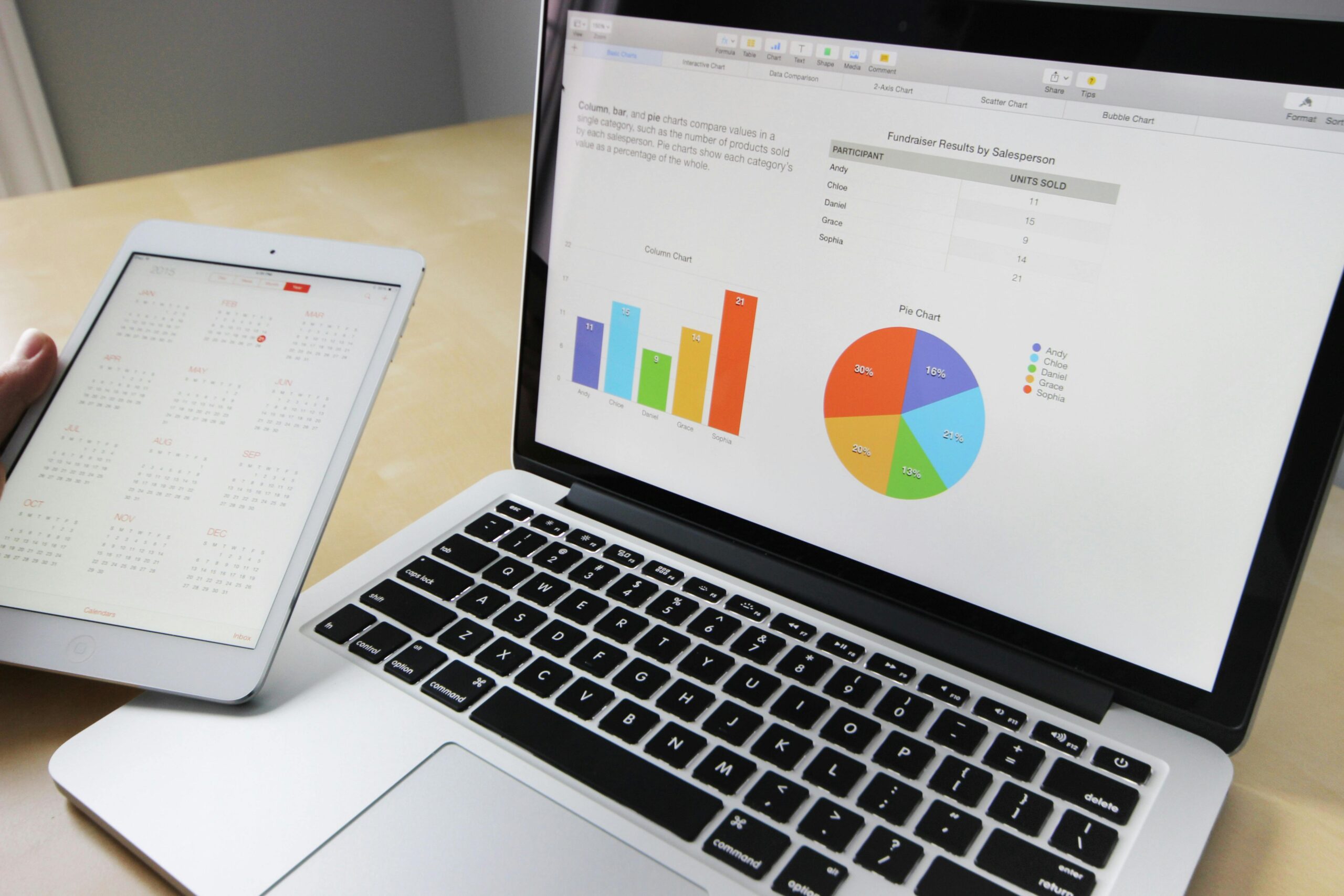Starting in the world of trading can feel overwhelming, especially with so much information available and markets moving quickly. Many new traders jump in without fully understanding the risks or how trading works, which can lead to costly mistakes. Finding the best trading advice early on is essential for anyone who wants to avoid common pitfalls and build confidence from the very beginning. Having reliable guidance helps beginners approach trading more calmly and make decisions based on knowledge rather than emotion.
Clear beginner trading tips offer practical steps to help new traders learn the basics, develop a plan, and manage risks effectively. Knowing trading tips for beginners allows people to build good habits from the start, such as setting realistic goals, using stop-loss orders, and practising before risking real money. This kind of advice encourages patience and discipline, which are key to long-term success in any trading activity.
With markets evolving and new tools becoming available, having up-to-date information tailored for 2025 is more important than ever. This article brings together straightforward and useful advice designed specifically for those just starting. By following these tips, beginners can gain confidence, reduce unnecessary risks, and improve their chances of steady growth over time. Whether trading stocks, forex, or commodities, these guidelines aim to make the journey smoother and more rewarding.
Learn the Basics of Trading First
Entering the trading world without a solid understanding can lead to costly errors. Beginners should take time to learn how markets operate, what moves prices, and which tools are available to them. Before placing any trades, it’s important to understand the different types of financial instruments — such as stocks, forex, commodities, indices and cryptocurrencies — and how they behave under various market conditions. For instance, the forex market operates 24 hours a day across global time zones, while stock markets open and close based on the exchange’s local hours.
Learning the meaning of key terms like bids, asks, spreads, and leverage will make trading platforms and price charts much easier to read. A spread — the difference between the buying and selling price — can affect your profit margins, while leverage increases both potential gains and potential losses. Many beginners make the mistake of jumping into trades before understanding these basics, which can lead to unnecessary losses.
Fortunately, there are countless free and affordable resources available. Online courses, YouTube tutorials, trading forums, and demo accounts allow beginners to practise strategies and understand the mechanics of trading without risking real money. Building a solid foundation through these tools helps new traders approach the markets with more confidence and a greater ability to avoid costly emotional decisions.
It’s also important to be aware of how market hours, global news events and economic releases — such as interest rate decisions or inflation reports — can affect price movements. For example, a central bank announcement can cause major shifts in currency markets, while quarterly earnings reports can influence stock prices. Staying aware of these events allows traders to better time their entries and exits.
Develop a Clear Trading Plan
A well-defined trading plan guides every decision and helps reduce emotional reactions during volatile times. The plan should include short-term and long-term goals, rules for entering and exiting trades, and limits on how much capital can be risked per trade. Beginners who trade without a plan often fall into the trap of acting on rumours, gut feelings or emotions, which leads to inconsistent and often damaging results.
Your trading plan should match your schedule, experience level and risk tolerance. For example, someone with a full-time job might focus on swing trading — holding positions for several days — rather than day trading, which requires constant attention. Defining a realistic profit goal, such as aiming for a 5% monthly return, helps keep expectations in check and provides something to work towards.
A strong plan also includes a clear set of rules for when to stay out of the market. For example, many traders take a break after three consecutive losses or avoid trading during high-impact news releases. Writing down your plan and referring to it daily builds discipline. It’s not enough to just have a plan — sticking to it, even when trades don’t go your way, is what sets consistent traders apart from impulsive ones.
Reviewing your plan regularly, especially after a series of wins or losses, helps identify what’s working and what needs to change. Adjustments should be based on facts, not emotion or impatience.
Manage Risk Carefully
Risk management is one of the most important parts of trading. Many beginners focus too much on potential profits and not enough on protecting their capital. No matter how confident you are in a trade, you should never risk more than a small portion of your total funds. A widely accepted guideline is to risk no more than 1–2% of your trading capital on any single trade.
One of the most useful tools for risk control is the stop-loss order, which closes a trade automatically when it reaches a set loss level. This protects traders from letting a small loss turn into a large one due to hesitation or hope that the market will turn back around. For example, if you’re trading with £1,000 and want to risk only 1%, you would set your stop-loss so that the maximum loss on a trade would be £10.
New traders should also be cautious with leverage. While brokers may offer high leverage (sometimes 50:1 or more), this can increase losses just as fast as it can grow profits. A trade that moves just slightly against you could wipe out a large part of your account if over-leveraged. Starting with no or low leverage gives beginners time to learn without risking too much too soon.
Good risk management protects your ability to keep trading another day, which is far more valuable than any single win.
Practice with Demo Accounts First
Demo accounts are one of the best tools available to new traders. These accounts, offered by nearly all brokers, let you practise in real market conditions using virtual money. Beginners can explore how to use trading platforms, place different types of orders and test various strategies without financial pressure.
Trading on a demo account helps you get used to watching price movements, identifying trends and reacting to changing conditions. For instance, you can practise entering a position based on a technical indicator like a moving average crossover and see how it plays out. It’s also a great way to understand the timing of trades and to get familiar with market hours.
Many beginners get excited after a few demo wins and switch to live trading too soon, often leading to emotional decisions and real losses. The shift from demo to live trading can feel much more intense because real money is involved. Taking time to build experience with a demo account before going live gives you a better chance of making clear, confident choices.
Treat your demo trading seriously — as if real money were on the line — and you’ll build habits that carry over to your live account.
Stay Disciplined and Avoid Emotional Trading
Trading can stir strong emotions such as fear after a loss or greed after a win. These emotions often lead traders to break their plans, ignore risk rules or hold onto losing trades for too long. One of the biggest challenges for beginners is learning to remain calm and stick to their strategy, even when markets get unpredictable.
Discipline means not chasing losses or doubling down in an attempt to recover quickly. It also means not getting overconfident after a few wins and risking more than planned. Both responses are driven by emotion rather than logic.
Keeping a trading journal is one way to build discipline. Record not just the trades, but also the thoughts and feelings you had when making them. Over time, you’ll spot patterns — like always entering too early or closing trades too soon — and can work on correcting them.
Taking regular breaks helps prevent burnout and gives time to review performance with a clear head. Remember, the goal is not to win every trade, but to follow a consistent approach that produces steady results over time.
Keep Learning and Adapt
The markets never stay still, and neither should traders. Beginners who treat trading as a long-term skill will see better progress than those looking for quick wins. Ongoing learning helps traders keep up with new strategies, tools and global events that can affect prices.
There’s no shortage of material — books, podcasts, YouTube channels, and live webinars can all offer fresh ideas and insights. Participating in trading communities, whether online or in person, gives access to advice, support and shared experiences that can speed up learning.
Trying new strategies on a demo account helps reduce risk and test whether an approach fits your style. Some traders prefer short-term moves, while others do better with longer trades. Being willing to adjust your method, review results, and test improvements is what separates those who grow from those who give up.
Adapting doesn’t mean abandoning your plan — it means refining it based on evidence and learning.
Choose the Right Broker and Platform
Not all brokers are the same, and choosing the right one can make your trading experience much smoother. Beginners should look for brokers that are properly regulated by well-known financial authorities, which helps protect your funds and provides clearer standards for how the broker must operate.
A good trading platform should be easy to navigate and offer useful tools like real-time charts, technical indicators, order history and customisable layouts. Trying out platforms using a demo account lets you see which one feels comfortable and meets your needs.
Fees matter too. Some brokers charge per trade, while others make money through spreads. Even small differences in fees can add up, especially for frequent traders. It’s also worth checking deposit and withdrawal processes, platform reliability, and whether there’s responsive customer support.
Lastly, look for brokers that offer learning tools such as webinars, tutorials or market reports. These extras can provide much-needed support in your early trading days.
Conclusion
Trading in 2025 offers exciting opportunities but requires careful preparation. Learning the basics, developing a solid plan, and managing risk are essential first steps. Practising with demo accounts and maintaining discipline helps build confidence and avoid costly mistakes. Continuous learning and choosing the right broker further support success. Beginners who follow these clear pieces of advice will be better placed to navigate markets and work towards steady trading growth.









Leave a Reply